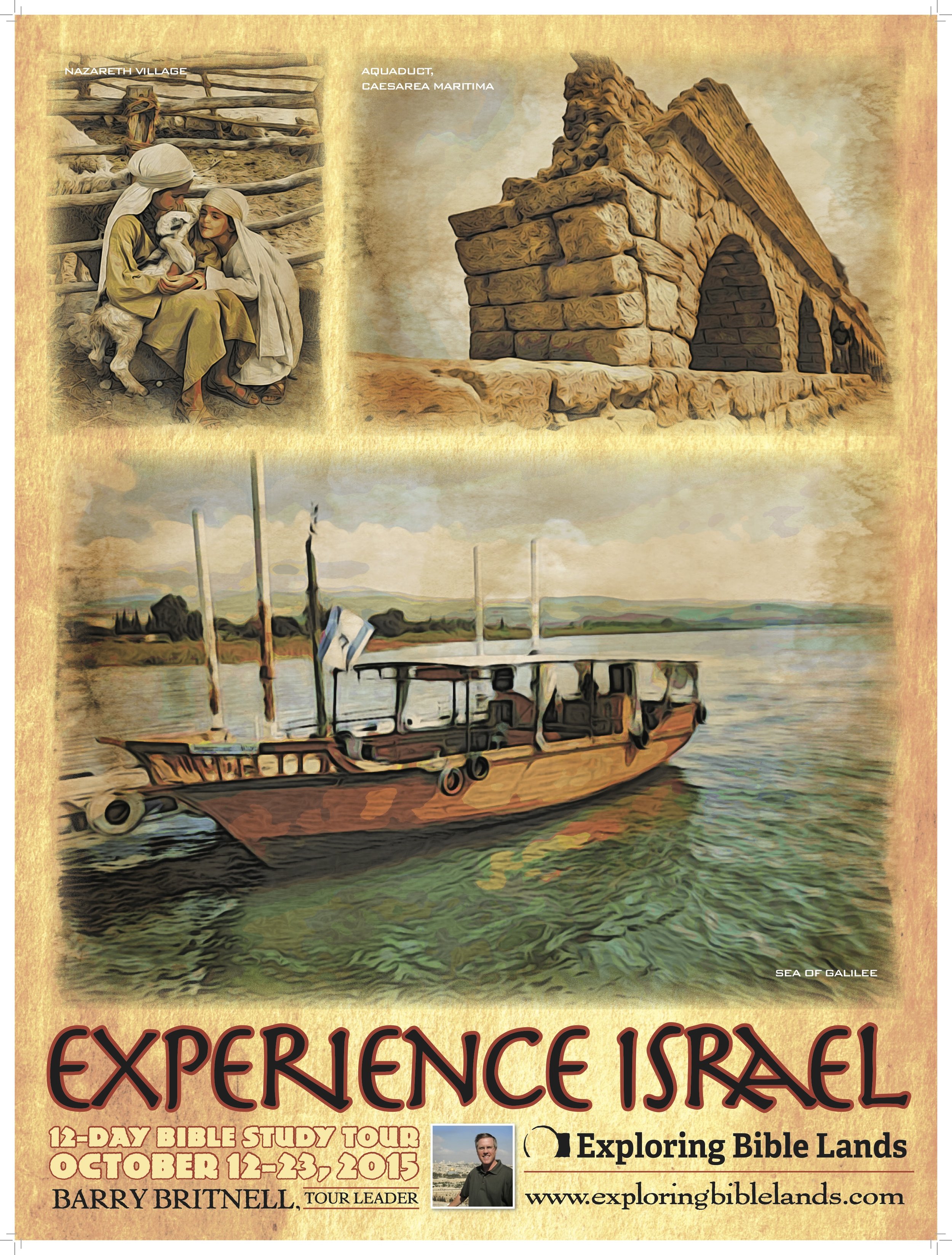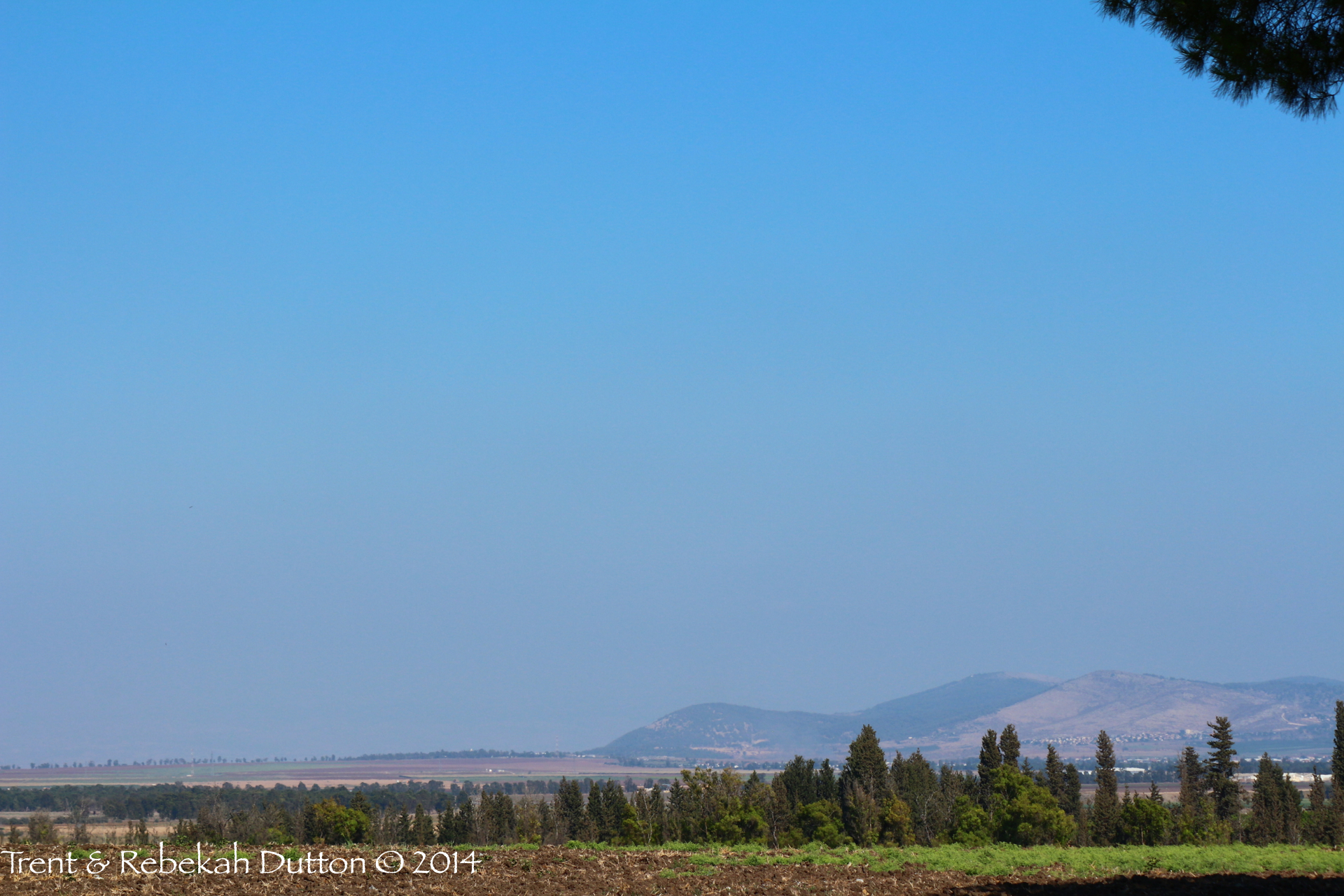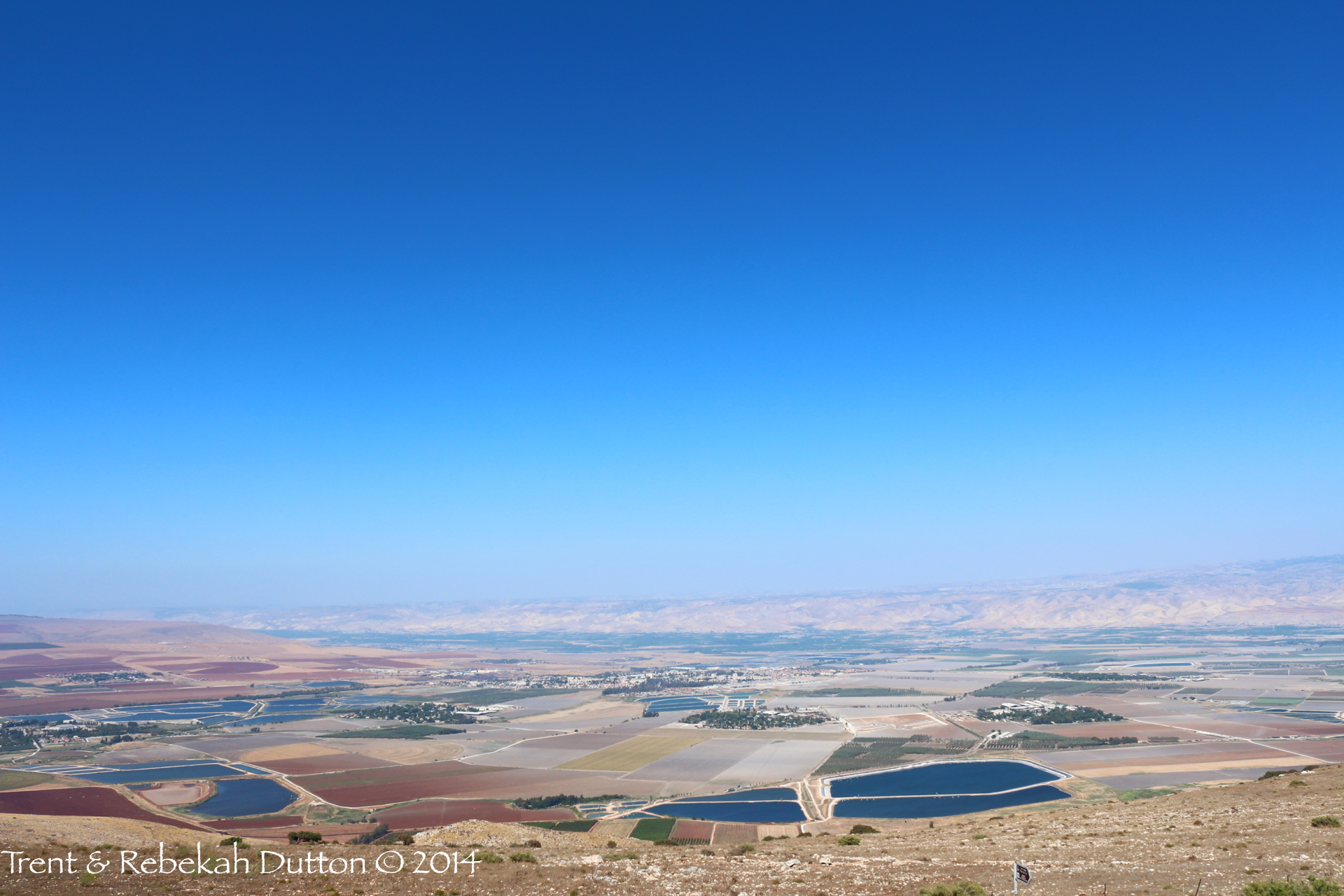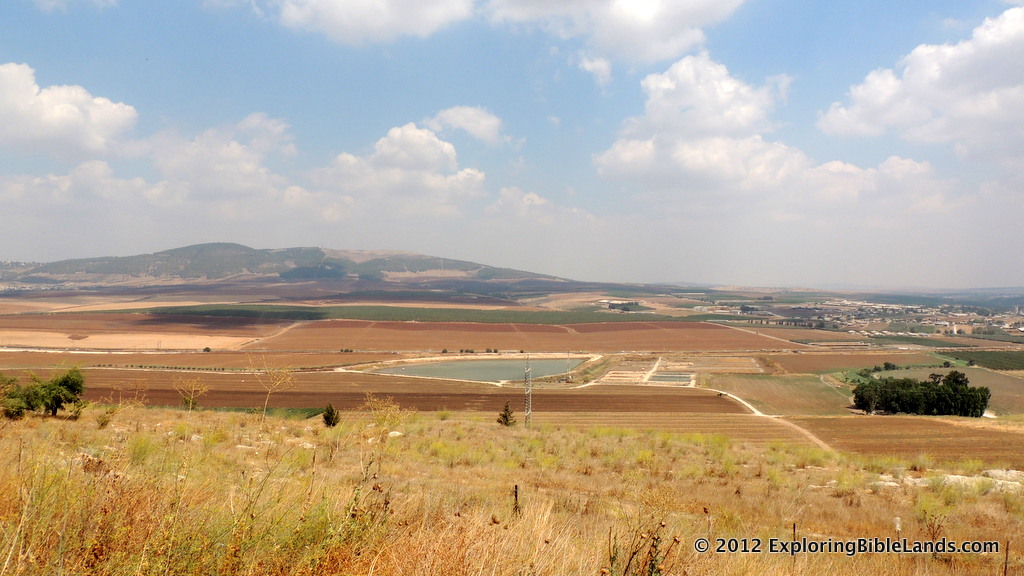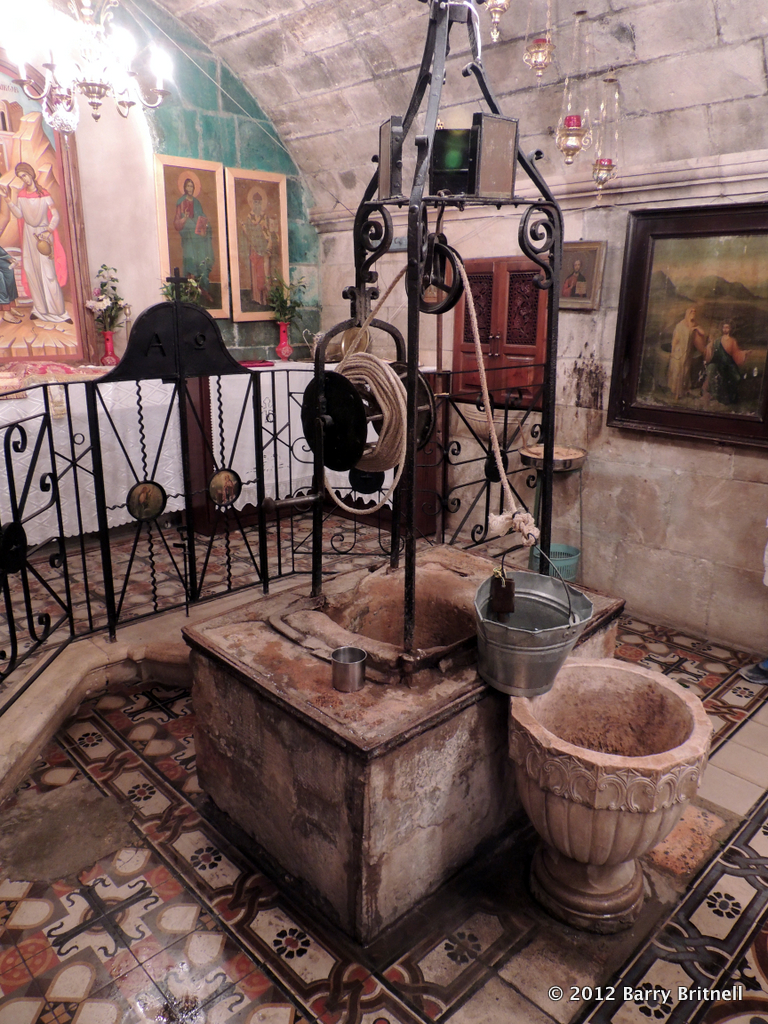 In our Bible class at church, we have been studying the period of time that we commonly refer to as The Divided Kingdom. It is the time in which the people of Israel had divided itself into two, separate nations. Last week, our study focused on the prophet Elijah and the work that he did in the Northern Kingdom of Israel.
One of the most memorable stories is of Elijah's contest against the prophets of Baal on Mount Carmel. Mount Carmel is actually a range of mountains that run from the northwest to the southeast and compromise the southwestern edge of the Jezreel Valley. The traditional location of this event is at Muhraqa, which is located about 500 meters (about 1600 feet) above the valley floor.
In our Bible class at church, we have been studying the period of time that we commonly refer to as The Divided Kingdom. It is the time in which the people of Israel had divided itself into two, separate nations. Last week, our study focused on the prophet Elijah and the work that he did in the Northern Kingdom of Israel.
One of the most memorable stories is of Elijah's contest against the prophets of Baal on Mount Carmel. Mount Carmel is actually a range of mountains that run from the northwest to the southeast and compromise the southwestern edge of the Jezreel Valley. The traditional location of this event is at Muhraqa, which is located about 500 meters (about 1600 feet) above the valley floor.
I don't hike as much as I used to. But, when I do, I really enjoy it. However, if there is one thing that I have learned in hiking, it is to never underestimate the height of the mountain you are climbing. In this case, 500 meters may not sound like a lot of elevation to climb, but it can be. Especially if you have to do it twice!
In 1 Kings 18, it mentions that Elijah and all of the people gathered on top of Mount Carmel.
So Ahab sent for all the children of Israel, and gathered the prophets together on Mount Carmel. - 1 Kings 18:20.
Then, after God showed his power to the people, Elijah gathered the 450 prophets of Baal and slew them at the Kishon Brook. The Kishon Brook is located in the floor of the Jezreel Valley.
And Elijah said to them, “Seize the prophets of Baal! Do not let one of them escape!” So they seized them; and Elijah brought them down to the Brook Kishon and executed them there. - 1 Kings 18:40
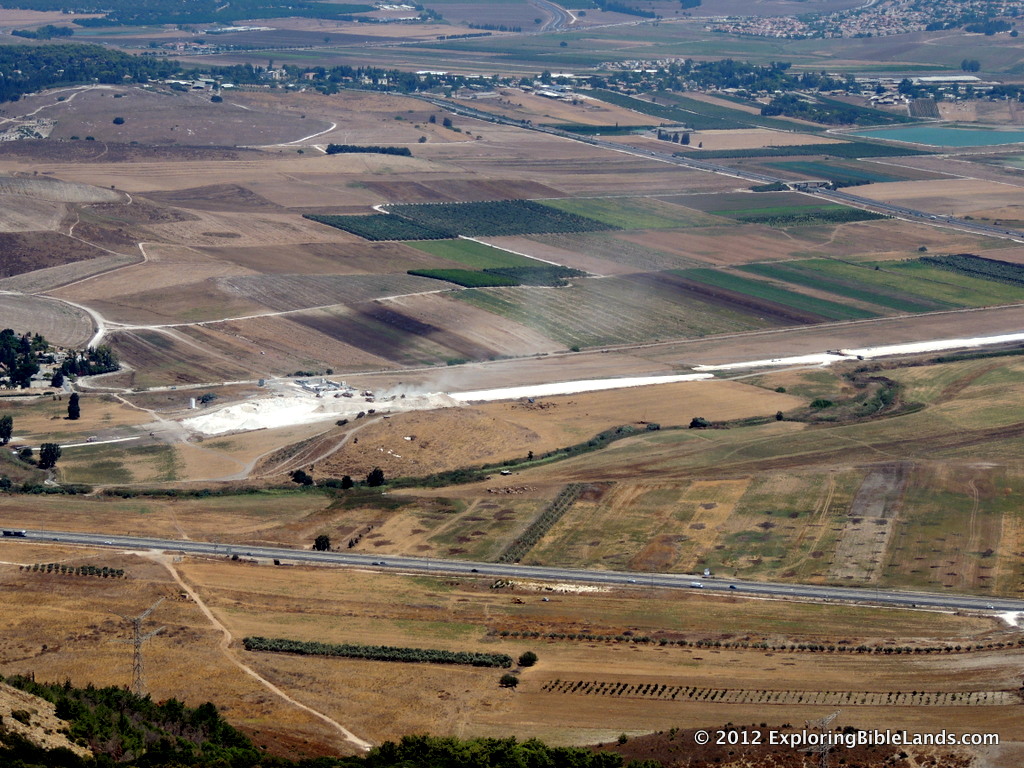 (The picture at the top of the this post shows the view from Mount Carmel looking east. The Kishon Brook is in the foreground on the valley floor. The second picture shows you a closeup of the brook, located along the line of shrubs just above the modern road.)
(The picture at the top of the this post shows the view from Mount Carmel looking east. The Kishon Brook is in the foreground on the valley floor. The second picture shows you a closeup of the brook, located along the line of shrubs just above the modern road.)
Then, after Elijah warns Ahab about the rain and then reclimbs Mount Carmel.
Then Elijah said to Ahab, “Go up, eat and drink; for there is the sound of abundance of rain.” So Ahab went up to eat and drink. And Elijah went up to the top of Carmel; then he bowed down on the ground, and put his face between his knees, and said to his servant, “Go up now, look toward the sea.” - 1 Kings 18:41-43a
After Elijah sees that his prediction of rain was about to come true, he heads towards the city of Jezreel, which is about 25 kilometers (16 miles) away.
Honestly, the exact timeframe of all of these events is uncertain. But regardless, this is a lot of ground for one man to cover in a short amount of time. Up a mountain, down a mountain, up a mountain and then 16 miles to Jezreel. I am tired just reading it.






